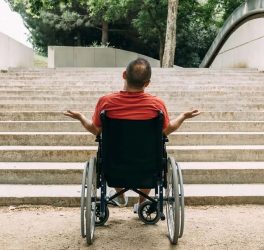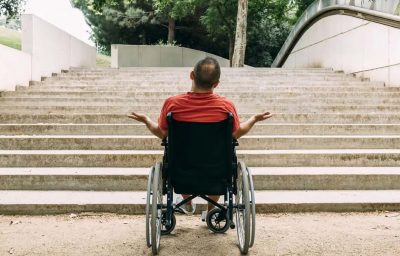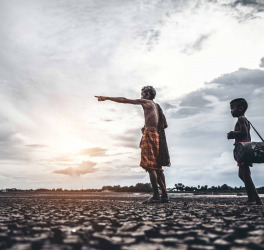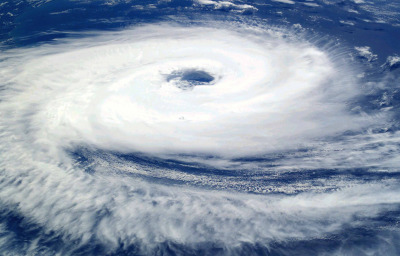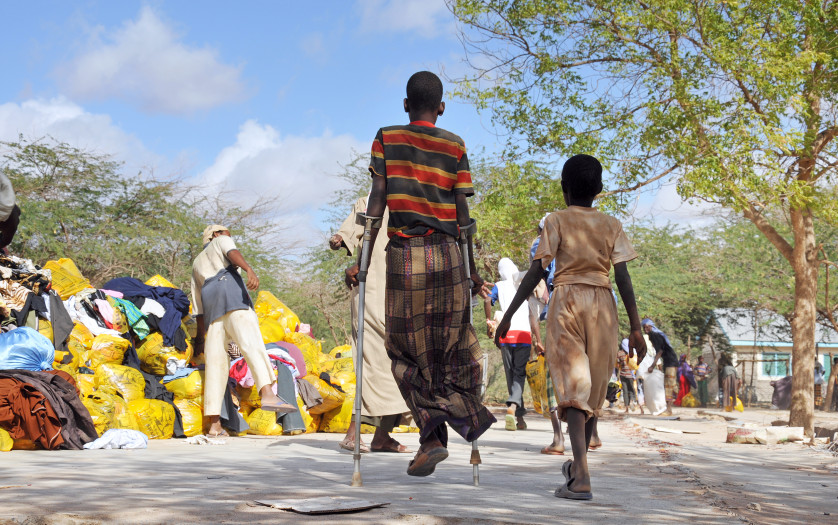
One year after Cyclone Idai made landfall in Mozambique and set off a series of unprecedented climate-related disasters, 2.5 million people, almost half of them children, remain in need of humanitarian assistance.
More than 3,000 children under five have been diagnosed with life-threatening severe acute malnutrition (SAM) after harvests were washed away in floodwaters. These children are proof that the victims of the climate crisis are foremost the poor and the very young.
Although Mozambique hardly contributes to global warming, the country has experienced multiple climate-related emergencies in the past 12 months.
“UNICEF and other humanitarian agencies are preparing for the fact that these extreme weather events will occur in Mozambique more frequently, with increasing ferocity,” said Katarina Johansson, acting UNICEF Representative in Mozambique. “Our recovery work therefore includes elements that will make the affected population more resilient to future natural disasters,” she continued.
To increase resilience, UNICEF and partners are supporting children with disabilities by providing them with psycho-social care, replacing their assistive devices and conducting community-based rehabilitation programmes. One thousand children have already benefitted from these interventions, but a lot of work remains to be done to fully integrate children with disabilities in the disaster recovery.
The cyclones, floods and drought have compromised water and sanitation facilities and led to the spread of diarrheal diseases such as cholera, to which children are particularly vulnerable.
While UNICEF and its partners have ensured that primary education continued in temporary leaning spaces after the cyclones, the focus currently lies on the rehabilitation of school buildings. Using the “building back better” approach, UNICEF and partners will make sure schools and other damaged infrastructure, such as health centers, are being rehabilitated so that they are stronger and able to withstand flooding and strong winds, when the next cyclone approaches.

